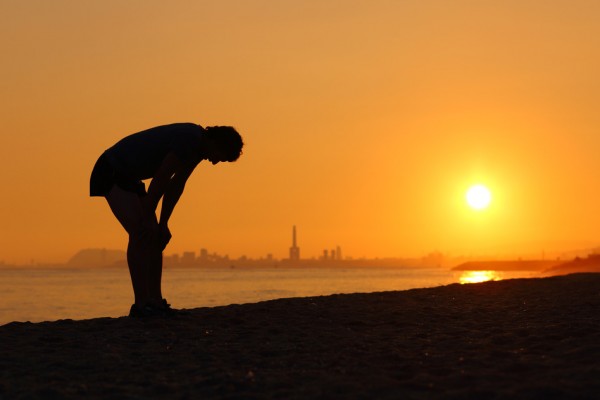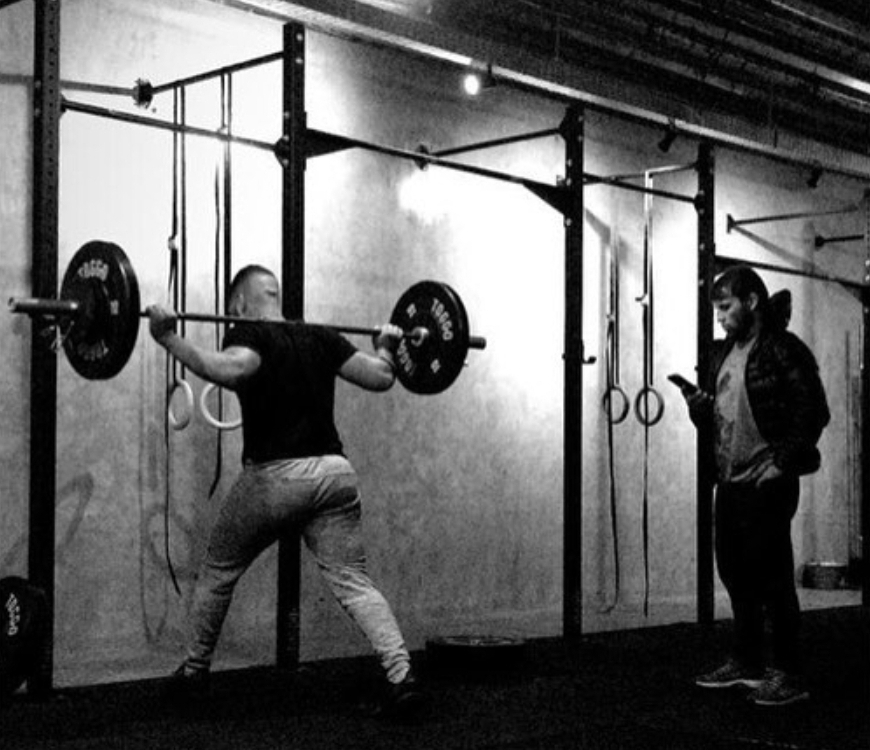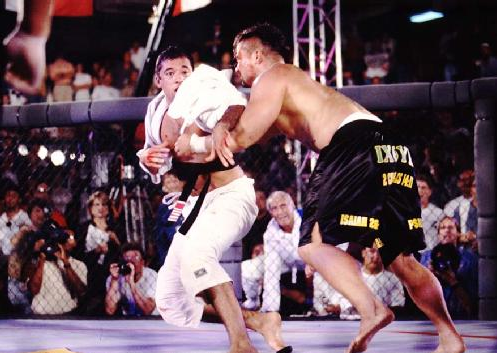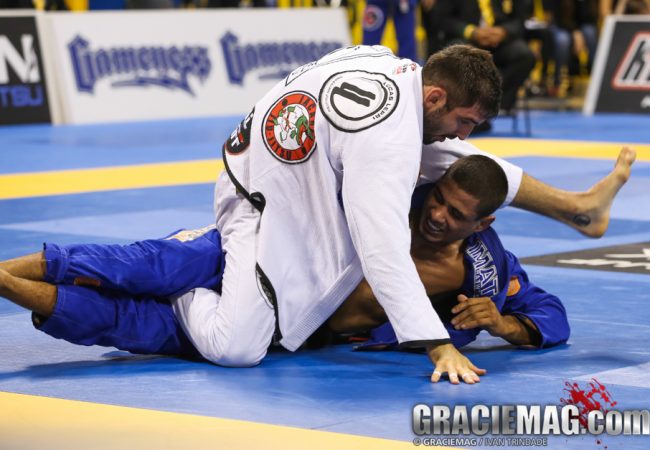By Rafael Ribeiro *
After World War II, the U.S. and USSR started competing fiercely in many areas trying to prove their supremacy. It was the Cold War between capitalism and communism.
In sports, this became very clear. The Olympics and world championships started having a significance that went far beyond the gold medal. Sports science experienced fast development in that time. Scientists, coaches and athletes would create and test multiple training options that might lead to new records.
Obviously, the information acquired in this way was not shared or published. You wouldn’t give away the secret of your success, after all.
At the end of the 1980s, however, we had a new geopolitical context: the Cold War lost steam with the dissolution of the USSR. With the rise of the internet some years later, the worldwide scene became welcoming to the exchange of information and the development of human knowledge.
Exchanges between coaches that used to belong to rival nations; books, sites and articles available to anybody; courses and universities open to students of all nationalities. All of that changed sports radically.
The level of competitiveness grew considerably and made athletes closer and closer in skill level. Today, in order to be at a high level, it’s essential to have a team working toward the result: coaches, physical trainers, physical therapists, nutritionists, doctors, psychologists, masseurs, entrepreneurs and sometimes even more. Any small detail can be the difference between a champion and a competitor who doesn’t reach the podium.
BJJ is a martial art currently undergoing a process of sportification. A sport full of customs and beliefs a thousand years old and quite orthodox, I would say. This brings a certain resistance to the application of new possibilities in training, based on sports science, by most masters, teachers and consequently their students.
This year, I celebrated one decade of creating and developing strategies to revert or minimize the distance I saw between such customs and science. Little by little, athletes tested these ideas, often with plenty of resistance, and then saw the results.
In this area the I call “customs,” I can point to seven main mistakes, the most frequent sins that hinder the progress of fighters wishing to enter the elite of BJJ. Below, I analyze each of them.
1- Generalization
The more personal the training, the bigger the chances of success. This is true for every stage of training. From nutrition to mat time, everything must be thought out specifically, considering each athlete’s traits. When it’s time to drill, for example, each athlete must choose the drill relevant to their game. It makes no sense to drill a position you never use.
2- Lack of planning
Injuries, lack of motivation, exhaustion, overtraining… These are just a few symptoms of lack of planning in one’s training. Random training leads to equally random results. Planning encompasses from how to perform each training session, extending into many off-mat situations, like picking the time of your flight to compete abroad. I have several cases of athletes who travel and arrive at their destination already adapted to the new time zone. Even when they’re going to Japan. It’s all taken into consideration and analyzed to the smallest detail in order to improve the results and minimize the risks or threats. Planning is the soul of this business.
*Rafael Ribeiro is a BJJ black-belt under Ricardo Gordilho and a member of team G3-Manimal in Salvador, Bahia. A physical coach specialized in Biomechanics, Rafa is a researcher in the area of combat sports and a teacher in extension courses.







